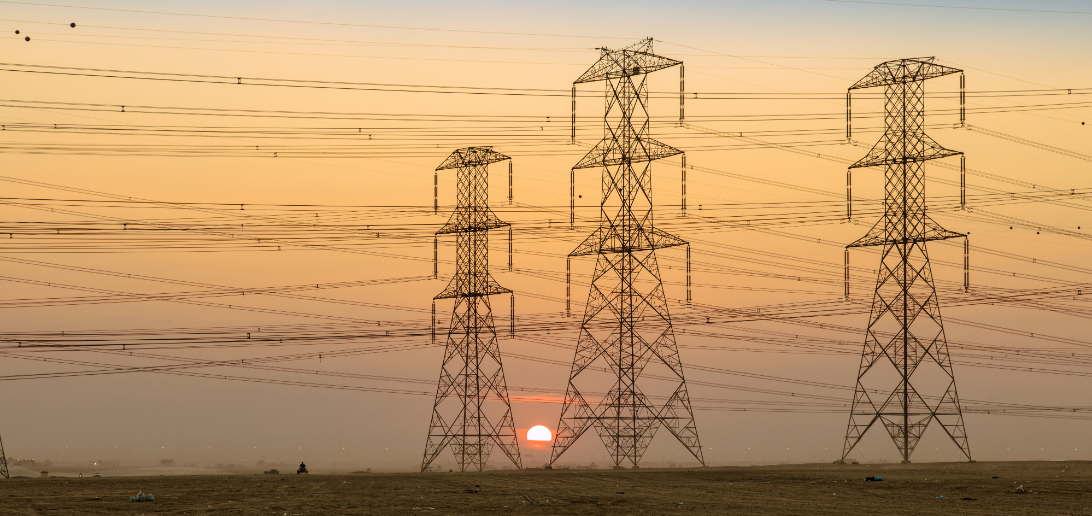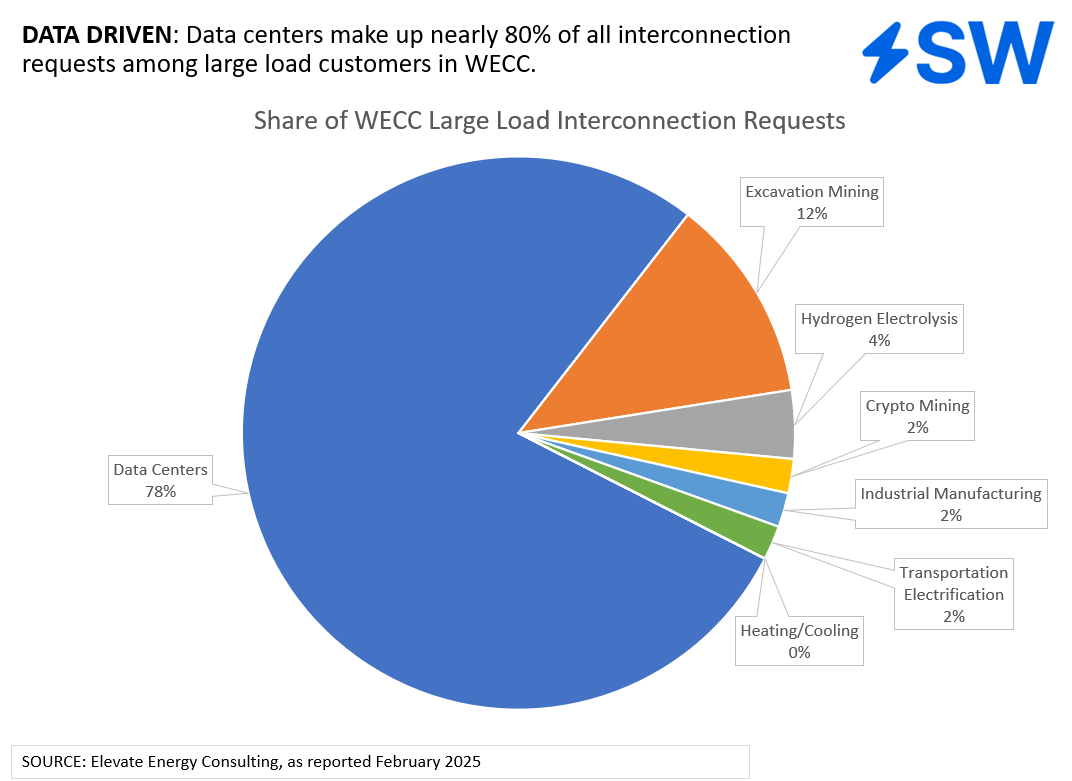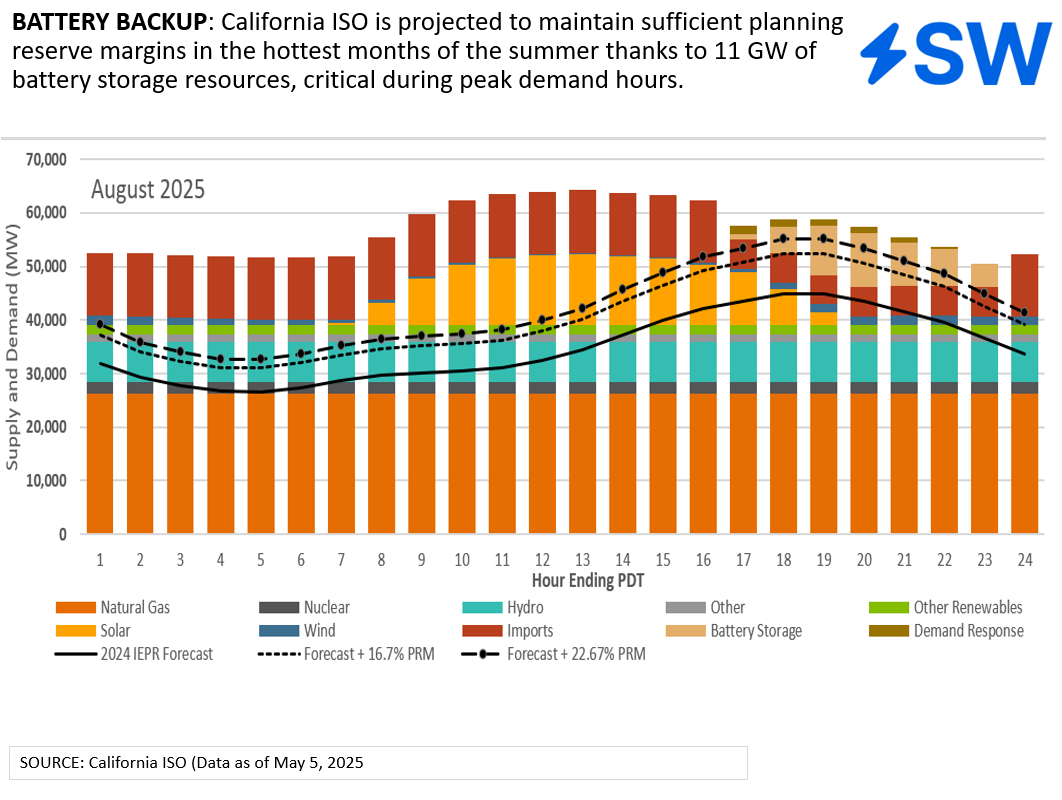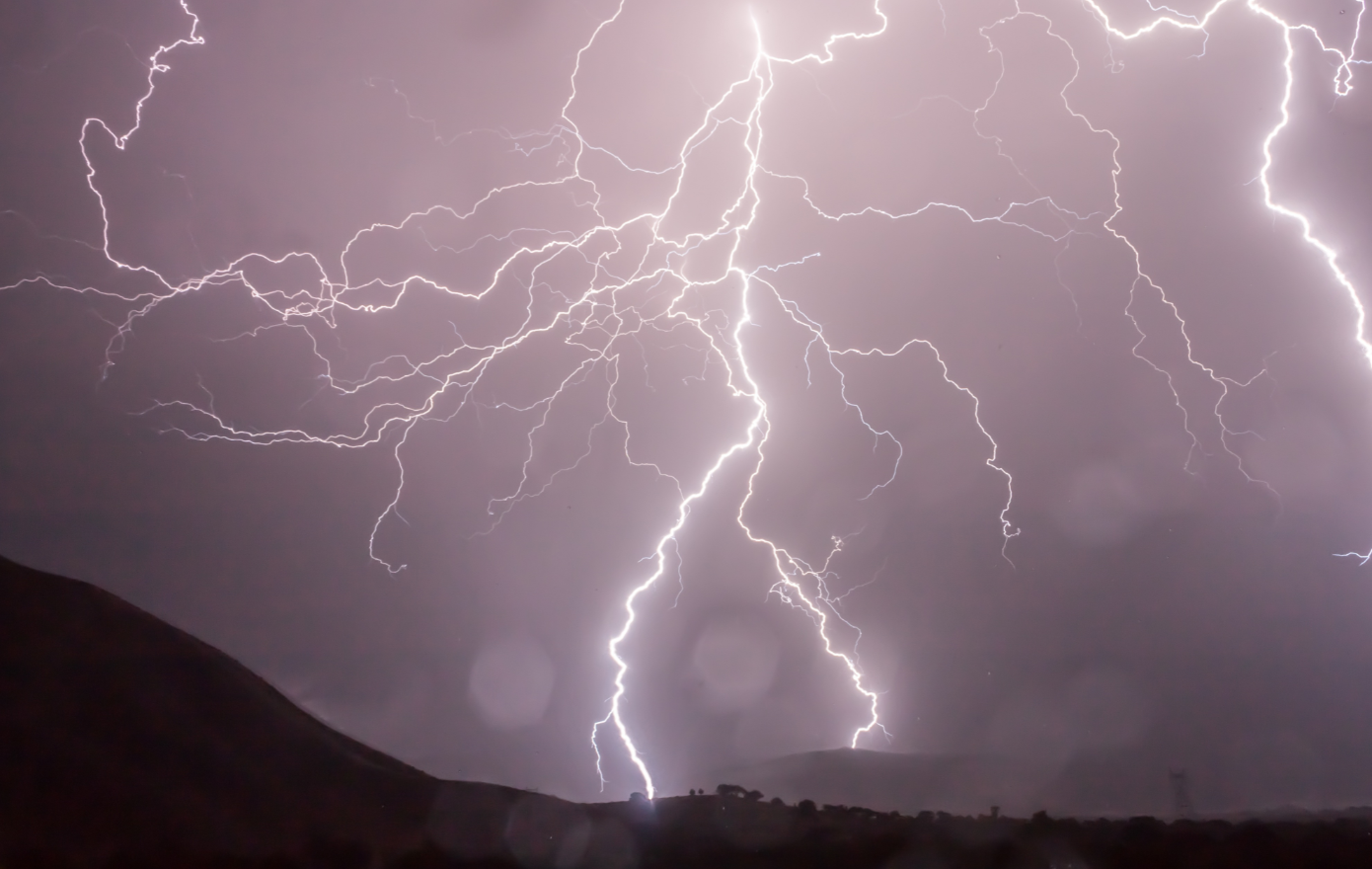Arizona Corporation Commission probes cybersecurity risks of Chinese inverters on state grid
Inquiry follows reports of potential “backdoors” and “kill switches” in Chinese-made solar, wind, and battery inverters.

Inquiry follows reports of potential “backdoors” and “kill switches” in Chinese-made solar, wind, and battery inverters.

The decision hinges on Sayreville reaching an emissions offset agreement with the state of New Jersey before Sept. 1.

The decisions enable two mothballed power plants totaling over 300-MW of capacity to potentially return to service in PJM, addressing capacity needs.

CalGrid asks FERC to expedite its decision on rate incentives crucial for mitigating risks for two California transmission projects designed to integrate floating offshore wind projects.

FERC Chairman Mark Christie emphasized the unsustainable pace of dispatchable generation retirements and the need for additional capacity.

The split decision seeks to strike a balance between incentivizing transmission development with consumer protection, setting a potential precedent for future projects.

Data centers in the Western Interconnection are dominating the grid connection queues, accounting for nearly 80% of total requests from large load customers.

Larger capacity reserves and over 11 GW of battery storage resources are putting the California grid manager on stronger footing as it faces a warmer-than-normal summer.

The new rules come as PJM found that more than 20% of loss of load risk occurs in hours outside of the current demand resource availability windows.

The settlement calls for Talen’s generators to bid into PJM’s capacity market, with any revenues to offset customer costs.

One area where many stakeholders find agreement on co-location policies – the need for clearer rules from PJM.

LSP Digital’s proposal to shift Doswell Generating Station’s capacity to a behind-the-meter data center faces opposition from the PJM Independent Market Monitor.

Rehearing requests were denied for plan to accelerate grid connection for shovel-ready projects, despite concerns from clean energy sector.

MISO’s proposed changes aim to enhance market protections against manipulation and fraud through stricter standards for demand response resources.

The new tariff revisions aim to address forecast errors for load and renewable generation, ensuring sufficient flexible resources.

New generating units in commercial operation on or after Oct. 1, 2027, are required to have cold-weather capability.

MISO’s proposed reforms impact an estimated 12 GW of demand response and emergency resources, most of which act as the final safeguard against involuntary load shedding.

PJM has designated the multi-state transmission project portfolio as essential to address reliability issues and growing data center loads by 2030.

The long-term deal ensures Ravenswood power plant can switch to fuel oil, safeguarding NYC grid during gas shortages.

Project proponents say the pipeline is necessary to handle the expected surge in natural gas demand during the upcoming heating season.